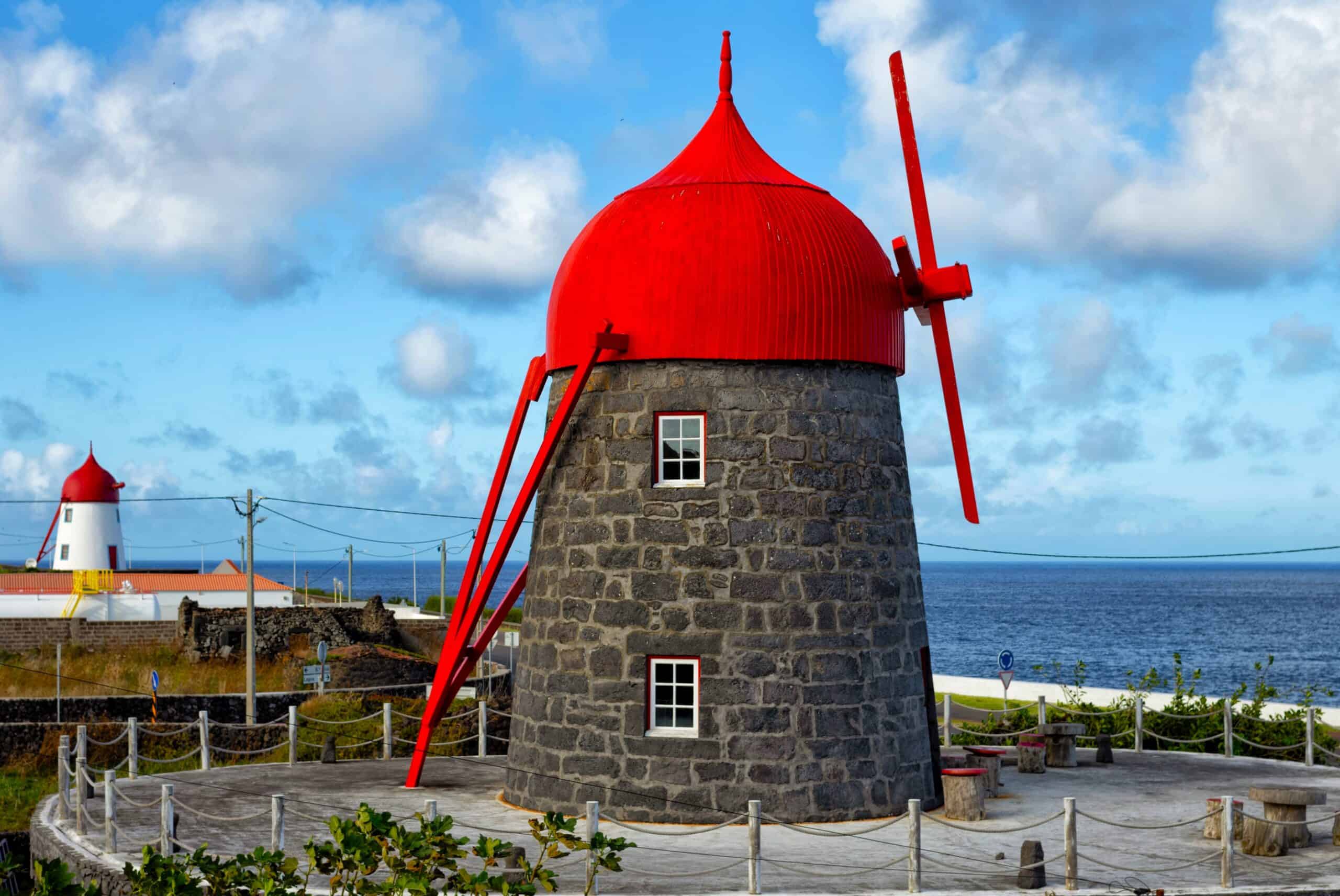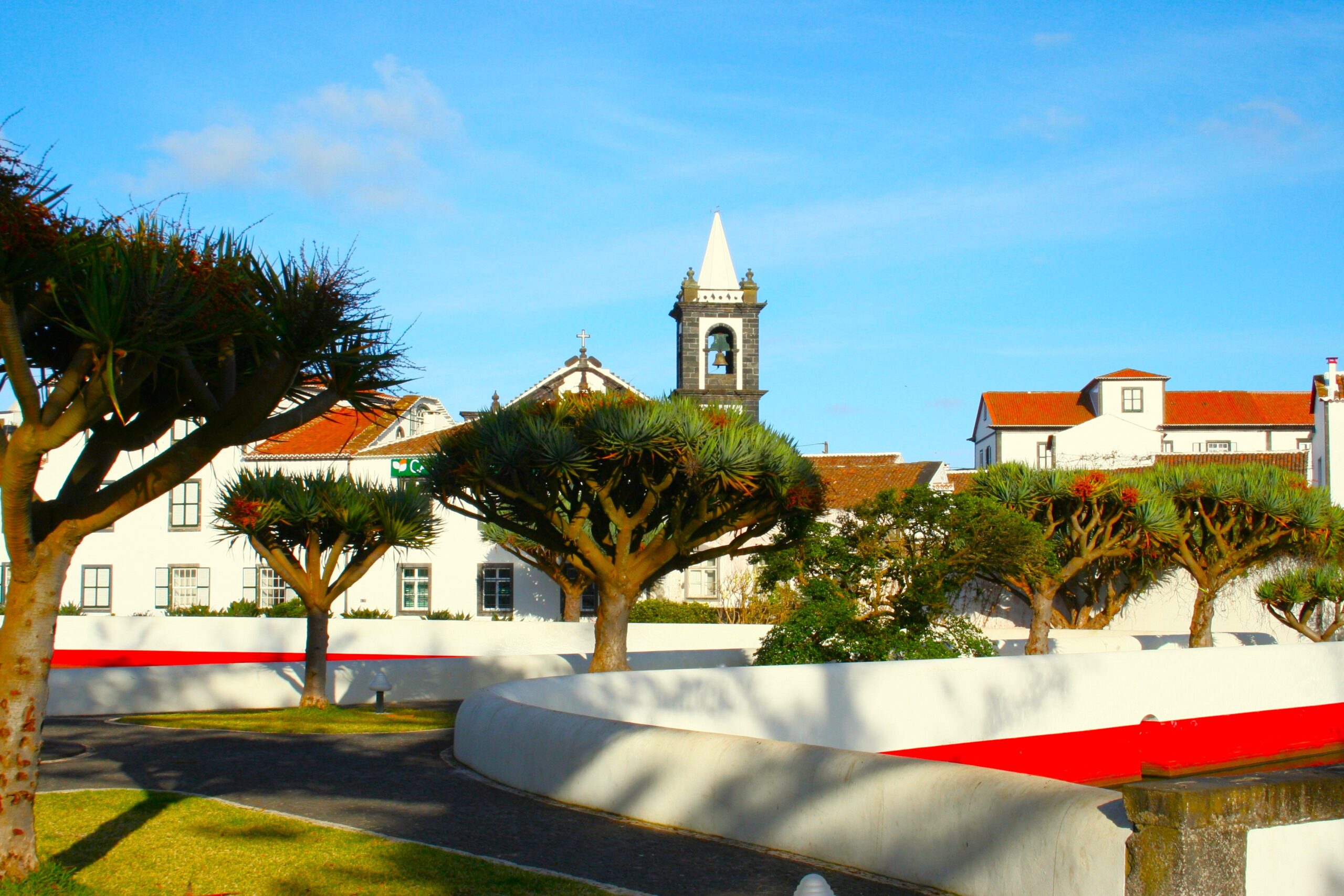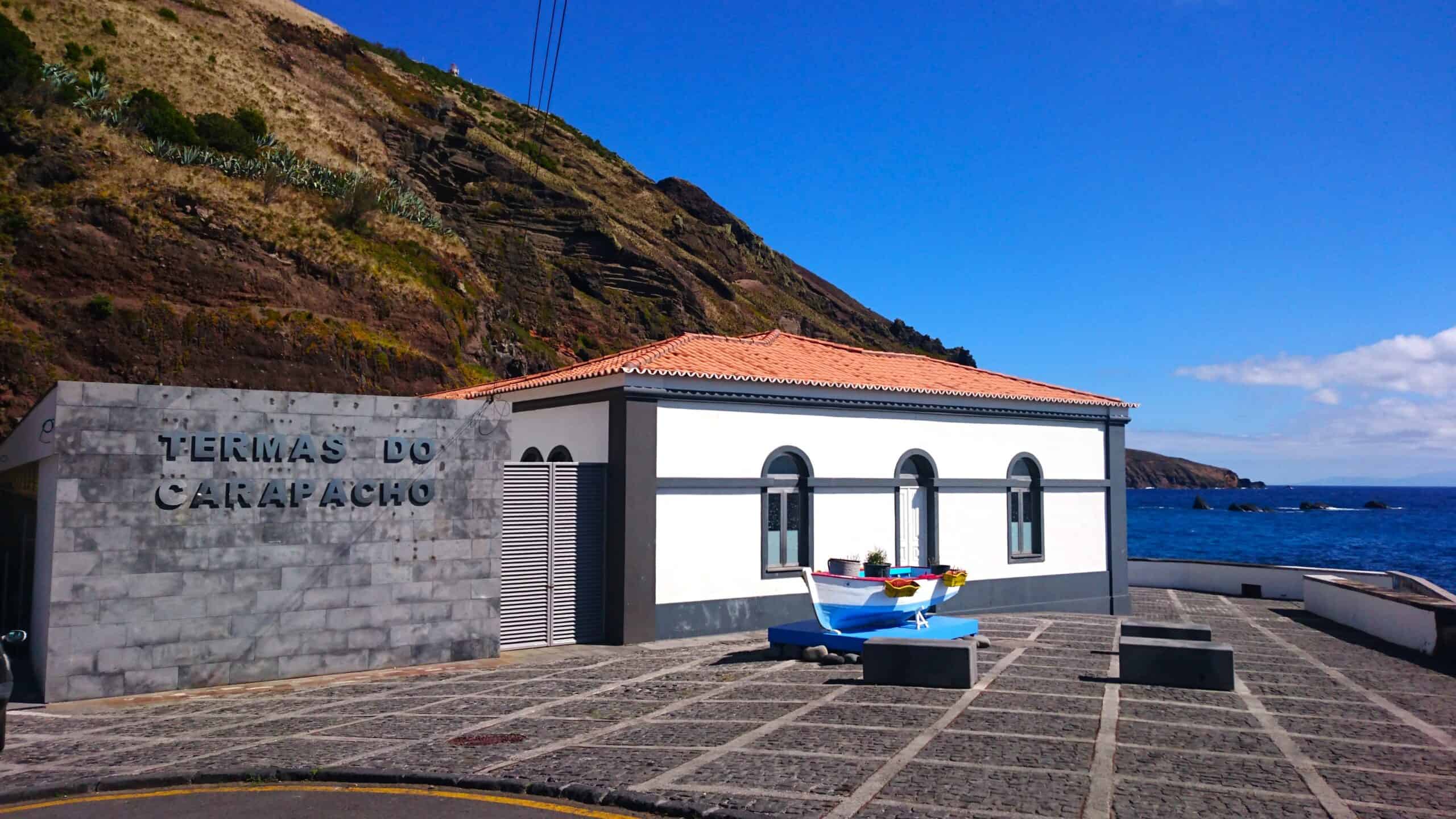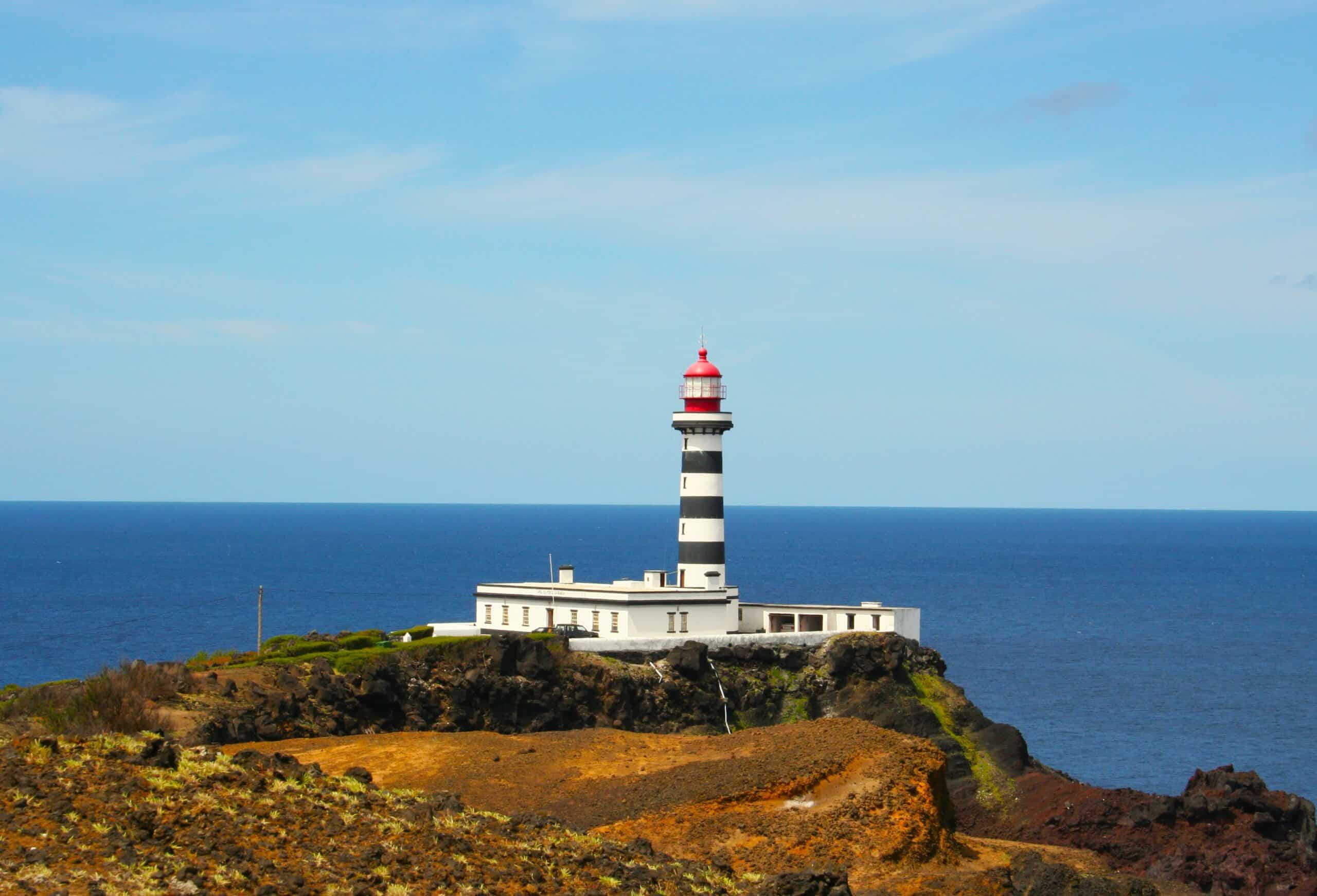Picture-perfect Graciosa has a peaceful and relaxing rural charm.
 Graciosans will proudly inform you that their island is a UNESCO Biosphere Reserve. Rightly so – their UNESCO status acknowledges the fine balance Graciosa strikes between the preservation of her landscapes and sustainable human development.
Graciosans will proudly inform you that their island is a UNESCO Biosphere Reserve. Rightly so – their UNESCO status acknowledges the fine balance Graciosa strikes between the preservation of her landscapes and sustainable human development.
 For visitors to the island, this manifests itself as sparsely populated villages, traditional rural architecture, quiet roads and a gentle pace of life. This wasn’t always the case: at the height of Graciosa’s agricultural output, the population of the island peaked at almost 14,000 – hard to believe as you wander around this peaceful island.
For visitors to the island, this manifests itself as sparsely populated villages, traditional rural architecture, quiet roads and a gentle pace of life. This wasn’t always the case: at the height of Graciosa’s agricultural output, the population of the island peaked at almost 14,000 – hard to believe as you wander around this peaceful island.
 That’s not to say Graciosa is dull – quite the opposite: it’s violent volcanic past is only too evident at Furna do Enxofre. A unique geological phenomenon, this enormous lava cave is an extraordinary sight: 200m in diameter with a 50m high, naturally vaulted ceiling made-up of volcanic prisms. It also has its own underground sulphurous lake, and it’s only accessible via a vertigo-inducing 80-year-old stone spiral staircase (we counted 183 steps). The Azores has more than its fair share of impressive geological phenomena, but Furna do Enxofre is one of the stand outs.
That’s not to say Graciosa is dull – quite the opposite: it’s violent volcanic past is only too evident at Furna do Enxofre. A unique geological phenomenon, this enormous lava cave is an extraordinary sight: 200m in diameter with a 50m high, naturally vaulted ceiling made-up of volcanic prisms. It also has its own underground sulphurous lake, and it’s only accessible via a vertigo-inducing 80-year-old stone spiral staircase (we counted 183 steps). The Azores has more than its fair share of impressive geological phenomena, but Furna do Enxofre is one of the stand outs.
 The Termas do Carapacho geothermal baths are hidden away at the southern-most tip of the island. Like their sister-pools on Sao Miguel, the springs at Termas average temperatures of around 35⁰C, and the hot waters are naturally-drawn from aquafers deep under the Furna do Enxofre caldera, with the impressive Ponta do Carapacho cliffs as a backdrop.
The Termas do Carapacho geothermal baths are hidden away at the southern-most tip of the island. Like their sister-pools on Sao Miguel, the springs at Termas average temperatures of around 35⁰C, and the hot waters are naturally-drawn from aquafers deep under the Furna do Enxofre caldera, with the impressive Ponta do Carapacho cliffs as a backdrop.










Follow us online